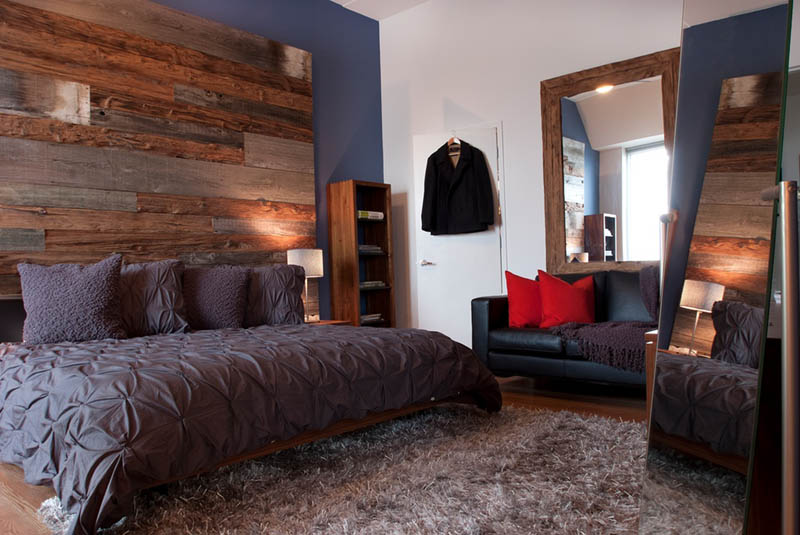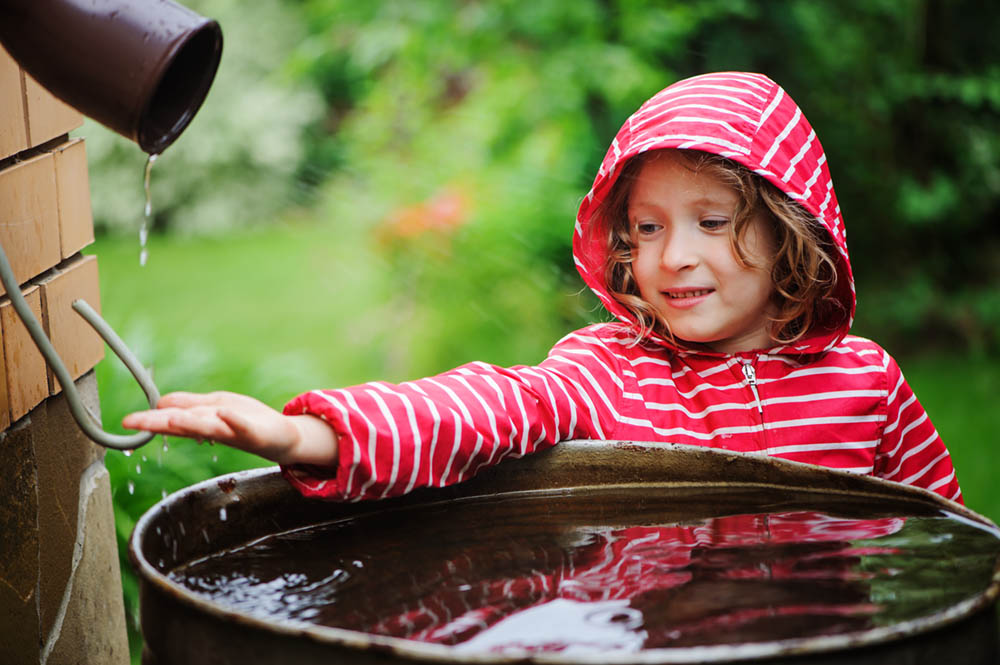If the phrase “sustainable home” intimidates you, don’t let it. Incorporating green practices in your home is simpler than you might think. We’re not talking installing solar panels or adding car-charging stations in your garage (at least, not yet).
You can have an eco-conscious home without building one from the ground up. From switching to LED light bulbs to installing a toilet that wastes less water, there are a number of ways to make your home a little greener.
Read on to learn how you can work toward making your current home a bit more environmentally friendly.
Light bulbs and beyond
"Using LED light bulbs is the easiest thing to do that will change your electric bill," says Anthony Maschmedt, founder and owner of design-build firm Dwell Development. "And high-performance windows are crucial to having a comfortable home." He recommends triple-pane windows for maximum energy efficiency.
You may also want to rethink your current heating and cooling system. The Dwell Development team suggests using ductless mini-split systems throughout a home. You can mount them right on your wall, and they're run by a remote control.
Maschmedt says these ductless heating and cooling systems are 300 percent more efficient than most systems out there. Other benefits to ductless mini-split systems include their small size, easy installation, and ability to blend into the existing interior design of a room. These systems will soon become the new normal, according to Maschmedt.
Repurposed materials
Try repurposing old materials and turning them into treasured statement pieces in your home. From countertops to flooring, look locally for materials you can repurpose.

Repurposed boards make a striking headboard. Courtesy of Groundswell Design Group LLC.
If you're thinking about replacing your countertops, try recycled steel or reclaimed wood. Bamboo wood, for example, works quite well as a kitchen countertop option; it's both durable and resistant to bacteria and mold.
Environmentally friendly flooring options are also not difficult to find. Flooring made from cork, linoleum, and bamboo are not only renewable materials, but also assist in home insulation efforts. Linoleum, in particular, is known for its lengthy lifespan.
Water conservation
Selecting the right fixtures can save thousands of gallons of water a year. Maschmedt recommends investing in Stealth System toilets, which use less than one gallon of water per flush. An average toilet uses three gallons per flush. "For an average three-bedroom house, you'll save 6,000 to 9,000 gallons annually by using these toilets," he says.
In addition to easy fixes like new toilets, look for other fixtures and appliances that conserve water. Purchasing tankless water heaters is another good place to start. Tankless water heaters skip the inefficient (and wasteful) process of reheating hot water in a tank. Instead, they heat on-demand, so no energy is wasted keeping water hot.
You'll save money on operating costs, and save on water usage given you're no longer running water while waiting for it to heat up. Energy.gov reports that for homes using 41 gallons or less of hot water daily, "demand water heaters can be 24 percent to 34 percent more energy efficient than conventional storage tank water heaters."
Additionally, you can collect and repurpose rainwater on your property to irrigate your garden and landscaping. Place rain barrels or cisterns beneath your downspout, and install rain chains, which drain water from your gutter and hang from the downspout hole.

This easy DIY rain collection practice provides an alternative supply that won't increase your water usage - or your water bill. But before you go out to get your own rain barrels and rain chains, look into your state's rainwater harvesting laws.
From rethinking your heating and cooling system to water conservation efforts, the key to turning your home into a more environmentally conscious space is making one change at a time.
You don't need to build a green home from the ground up to incorporate sustainable home practices. Choose a few small changes you can enact in the near future, and you're well on your way to a green-living oasis of your own.
Related:
- Green Trends in Home Building
- Why You Need to Get Serious About Going Solar
- Green Features: Do They Sell a Home?
from Zillow Porchlight | Real Estate News, Advice and Inspiration http://www.zillow.com/blog/make-green-changes-to-home-196909/
via Reveeo
No comments:
Post a Comment